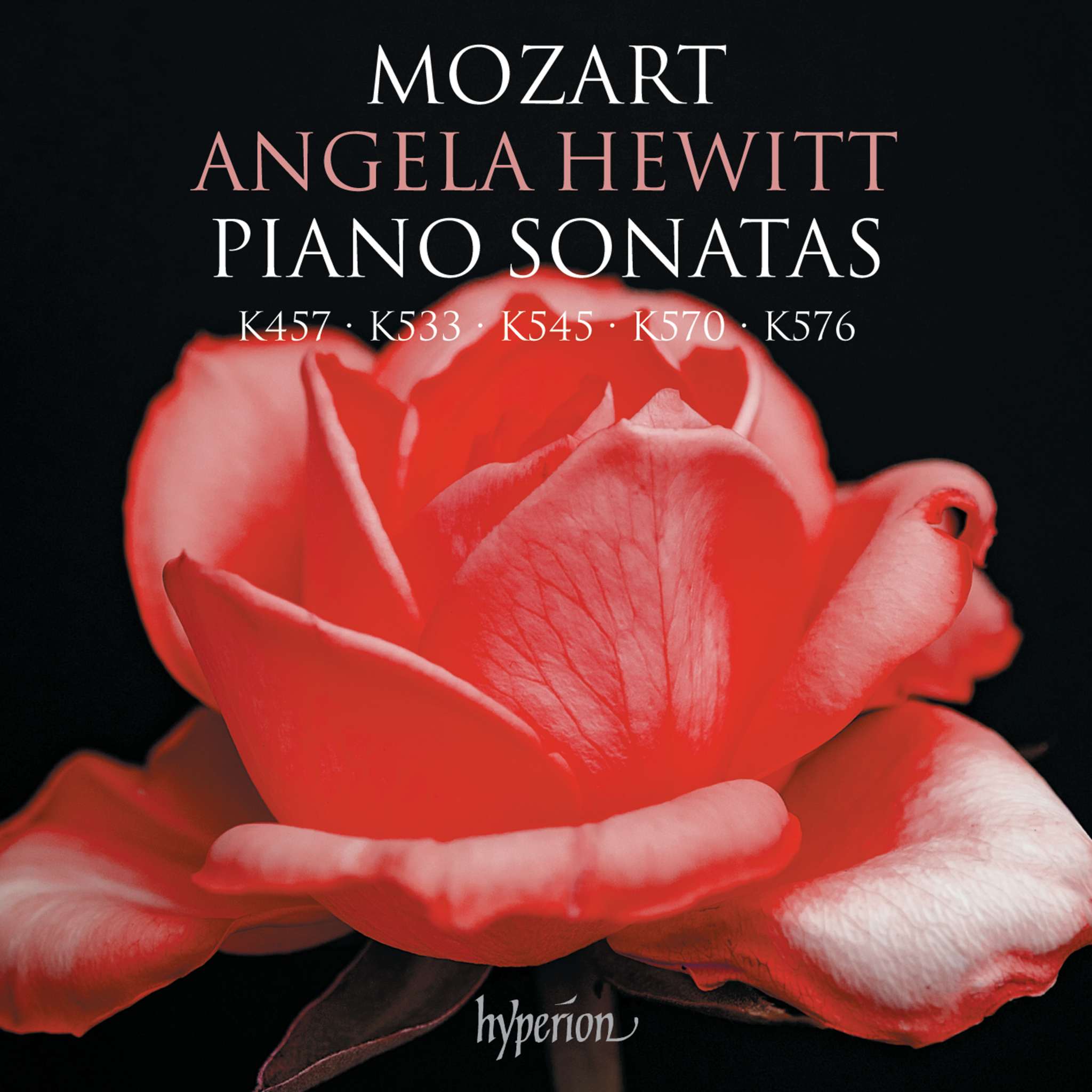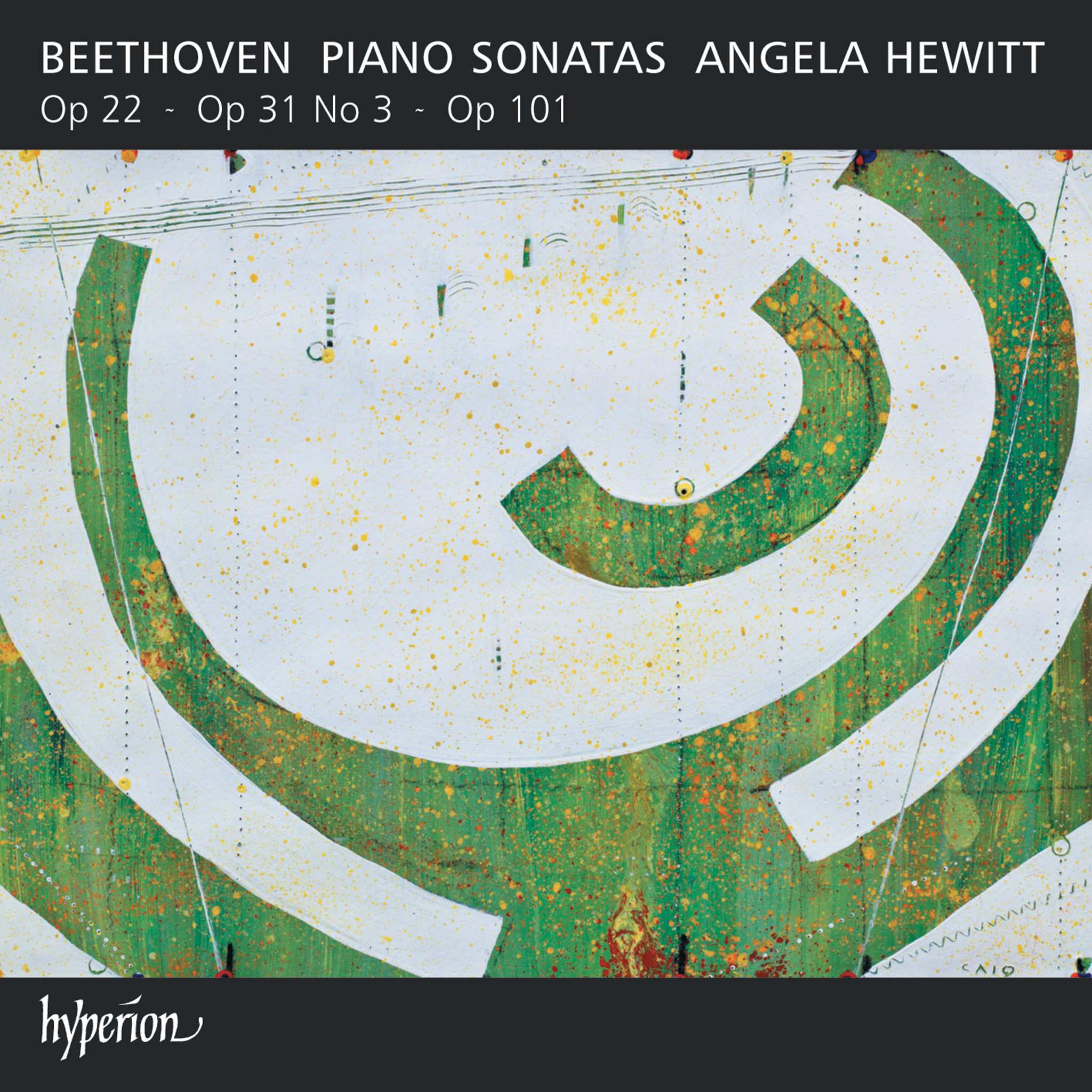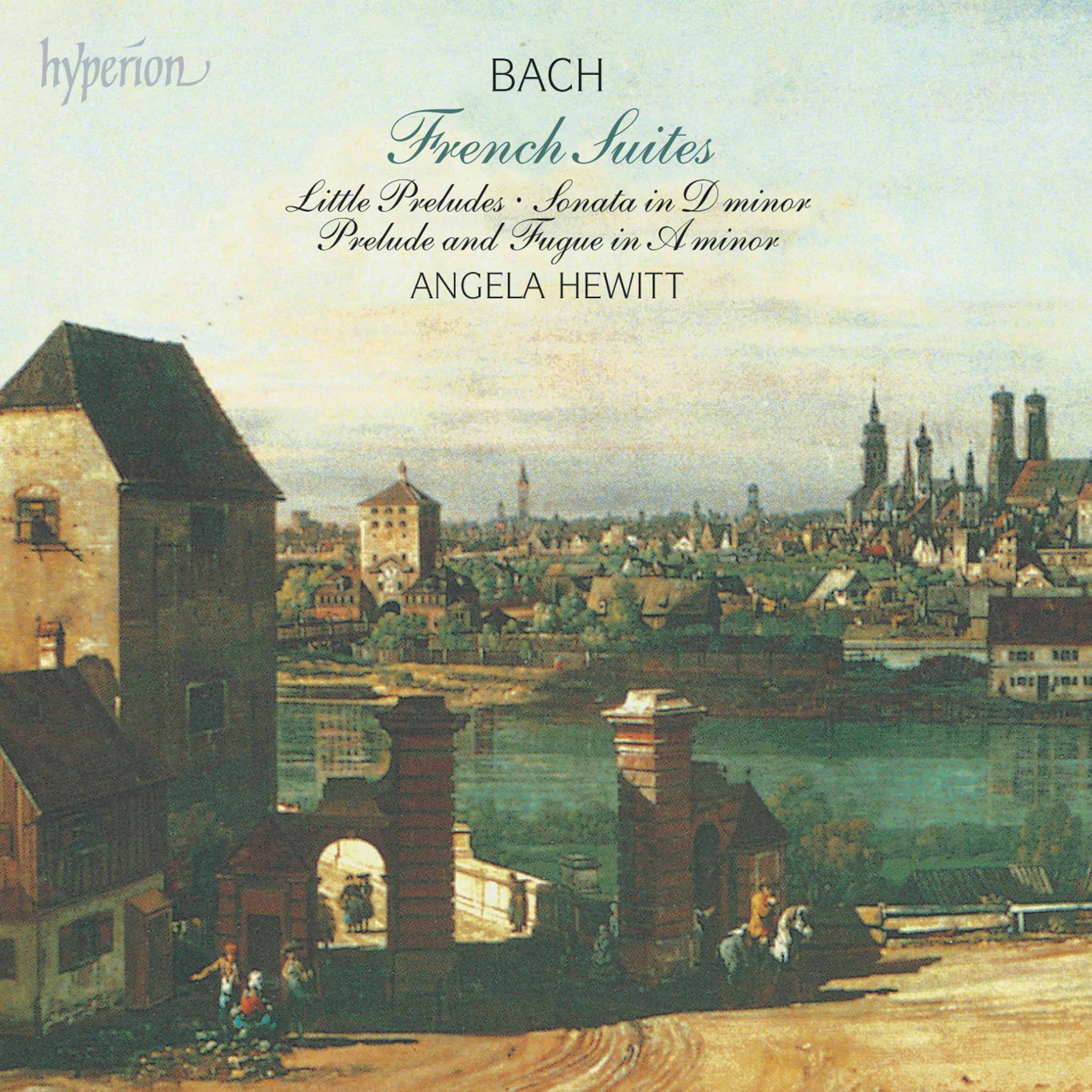Album insights
Louis-Claude Daquin was born in Paris to a family with relatively good connections to higher circles. Maternally, he was related to Rabelais, while paternally, he was connected to the Rabbi of Avignon (who converted to Christianity before his death in 1650). His great-uncle was one of Louis XIV's personal physicians and also an advisor to the king. His father, a painter who traveled widely, had little business success. Louis-Claude, one of five children, was the only one to reach adulthood. Despite his background, Daquin displayed precocious talent on the keyboard at a very young age. At the age of six, he reportedly played for the king, who predicted he would be a leading figure of his time. By eight, he conducted a performance of his own Beatus vir for a large choir and orchestra.
His dexterity on the keyboard led to various positions, including becoming an organist at the Hospitaliers de St. Antoine in 1706 and assistant to Marin de la Guerre at the Sainte-Chapelle. In 1727, he achieved his first significant success, defeating Rameau in a competition to become the organist at St. Paul. He later became a personal organist to the king in 1739. Described as a man of simple taste, integrity, devout piety, and an independent spirit, Daquin gained recognition for his skill on the keyboard. Known as the best improviser of his time, he was praised for his precise performance and ability to handle both hands equally. Daquin's compositions, mainly focusing on Noëls, showcased his unique style compared to his predecessors.
French carols, known as Noëls, traditionally played a role in Christmas masses. Daquin's variations on these tunes highlighted his exceptional skill and artistry. His career reached new heights when he was appointed organist at Notre Dame in 1755. Daquin's Noëls, dedicated to influential figures like the Comte d’Eu, displayed his virtuosity and innovative approach to music. The French organ tradition, dating back to the 8th century, saw significant evolution over the centuries. The French classical organ style, characterized by distinct tonal groups and controlled brilliance, was exemplified by key figures like Daquin.
The organ at the church of St. Rémy in Dieppe stands as one of the finest examples of the French classical model. Built by organ builder Claude Parizot between 1736 and 1739, it embodies the beauty and richness of the French organ tradition. Despite several modifications over the years, the organ retains its original disposition and tonal qualities. Recent efforts in 1992 by organ builder Jean-François Dupont restored the instrument to its former glory, preserving much of its original pipework and enhancing its acoustics.






